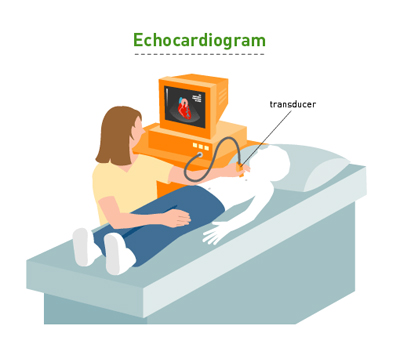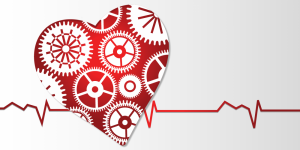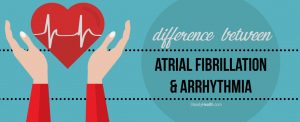What is a Cardiac MRI?
An MRI, or magnetic resonance imaging, is a diagnostic tool used in various disciplines of medicine including pediatric cardiology.
What Can a Cardiac MRI Find?
An MRI creates a series of images showing the interior of the heart at different points in the pump cycle. The technology works with magnets and radio waves. Scan give doctors a picture of a patient’s anatomy. Conditions that may be detected by an MRI include congenital heart disease, heart muscle disease and coronary artery disease.
How Does the MRI Work?
Most MRI machines look like a large tube. Patients lie on a platform that slides into the machine. A technician monitors the machine from an adjoining room. Patients can speak with the technician via a microphone. An MRI is not painful.
Before a heart MRI, you will change into a gown and a technician will place electrodes on your back and chest. The electrodes are connected to an electrocardiograph monitor. Dye may be injected through an intravenous line in the arm. The dye makes the heart more visible.
The scan may take from 30 to 60 minutes or longer. During the test patients must remain still. Young children may require sedation. Patients who are anxious about remaining in an enclosed space can request a sedative.
Patients may be able to remain in the room with a child having an MRI. Because an MRI makes loud thumping noises, many patients wear earplugs or non-metallic headphones during the test.
Most MRI tests don’t require special preparation. You can eat and take medications as usual before the scan. If you will be sedated, you may not be able to eat or drink for several hours before the test.
Patients will be asked to remove jewelry, watches, corrective lenses and other accessories. Most patients will change into a gown, and if you are wearing your own clothing it will be only if there is no metallic materials, and that you’re not carrying metal or magnetic objects in your pockets.













Recent Comments